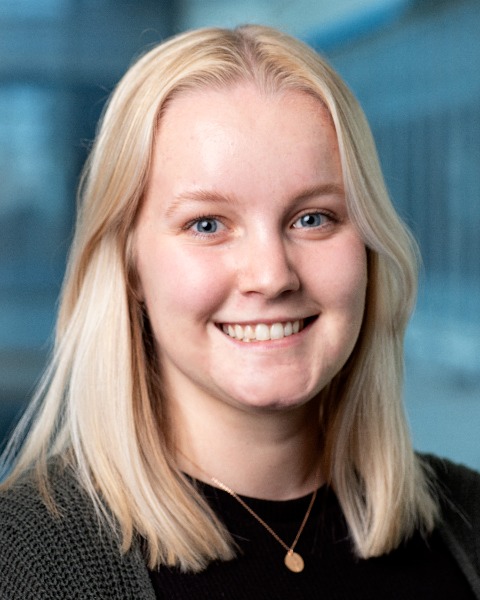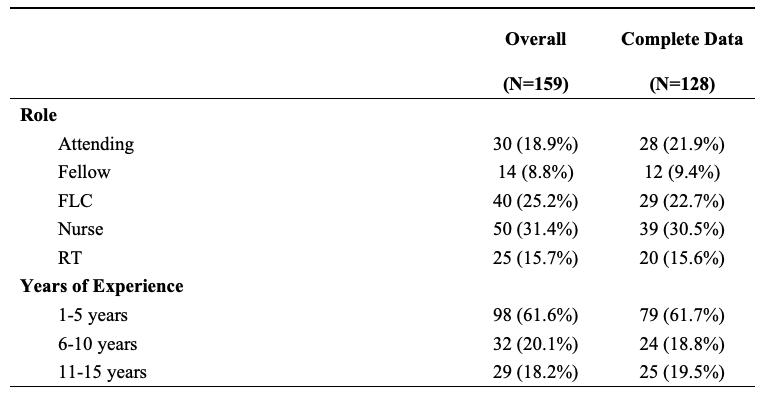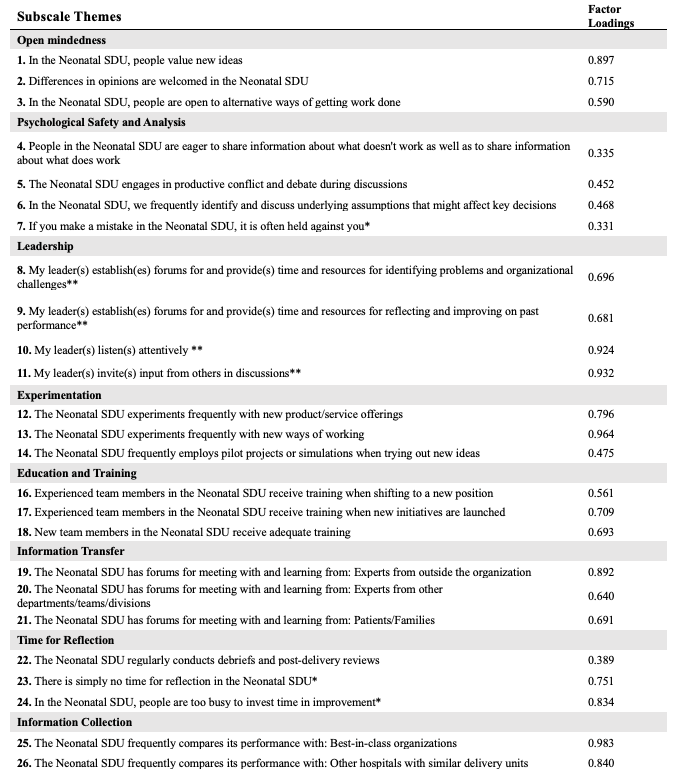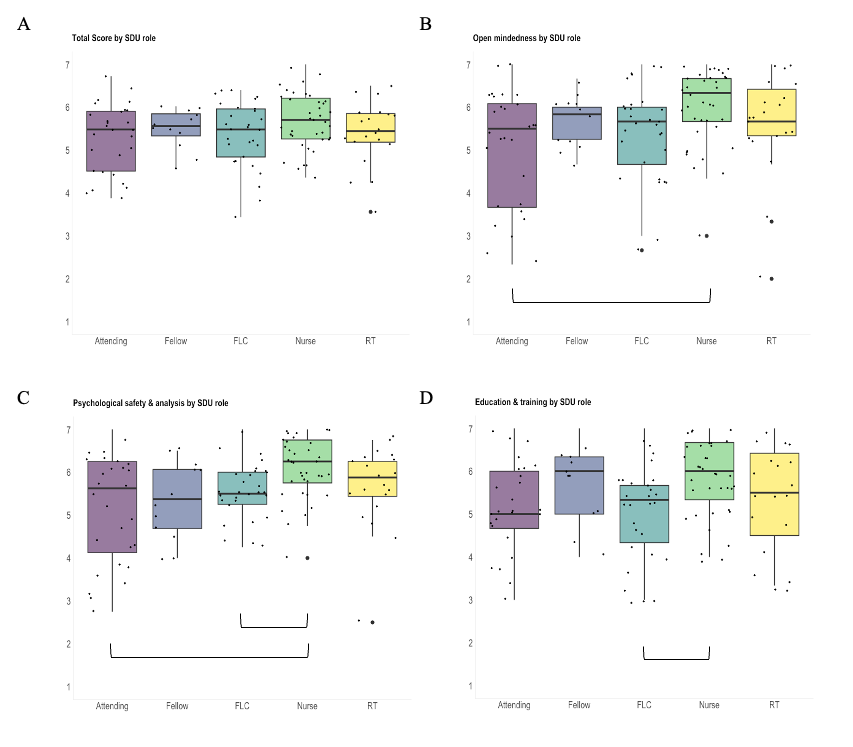Neonatology
Session: Neonatal-Perinatal Health Care Delivery: Practices and Procedures 2
453 - A survey of learning organization culture in neonatal resuscitation
Monday, May 6, 2024
9:30 AM - 11:30 AM ET
Poster Number: 453
Publication Number: 453.3255
Publication Number: 453.3255

Anna Bostwick, MPH (she/her/hers)
Clinical Research Coordinator
Childrens Hospital of Philadelphia
Philadelphia, Pennsylvania, United States
Presenting Author(s)
Background: Delivery room (DR) care of newborns, especially those with congenital anomalies, is complex and best practices continue to emerge, pushing teams to think beyond cognitive and psychomotor skills to optimize outcomes. In other health care contexts, team culture (shared beliefs, perceptions, and values) and organizational learning (growth through knowledge creation, acquisition, and transfer) are key factors in performance improvement. Understanding if and how learning organization culture influence DR team dynamics and care delivery is critical.
Objective: To assess learning organization culture among the clinical team that attends deliveries in a Children’s Hospital Special Delivery Unit (SDU) dedicated to neonates with congenital anomalies.
Design/Methods: We administered the Learning Organization Survey Short Form (LOS-27) to all clinical staff eligible to attend deliveries from 5/2023 to 7/2023. We assessed survey psychometric properties using reliability (Cronbach's α and Pearson correlation coefficients) and validity (exploratory and confirmatory factor analysis [EFA and CFA]) statistics iteratively to refine the LOS-27 for the SDU context. Survey item responses (assessed on 5- or 7- point Likert scales) were used to calculate total and subscale scores (higher scores indicate more favorable culture). We assessed statistical differences by SDU role.
Results: Survey response rate was 52%, with 128 complete responses (Table 1). Based on iterative psychometric assessments, two items were removed, and the refined survey demonstrated high reliability overall (α=0.90) and good reliability within the resulting 8 subscale themes (α=0.71-0.91). CFA with an 8-factor solution showed very good construct validity based on goodness-of-fit statistics (Table 2). There were no statistical differences in total scores across SDU roles. Nurses had better organizational culture when compared with other clinical roles in the subscale themes of open mindedness (attending-nurse p=0.04), psychological safety & analysis (attending-nurse p=0.01; FLC-nurse p=0.007), and education & training (FLC-nurse p=0.02) after adjusting for multiple comparisons (Figure 1).
Conclusion(s): The refined LOS-27 survey is a psychometrically sound measure of learning organization culture for a DR. The differences in the subscale themes across roles are important to investigate to improve the learning environment for all team members. These differences highlight opportunities for interprofessional learning and change culture that could ultimately improve resuscitation care and patient outcomes.



